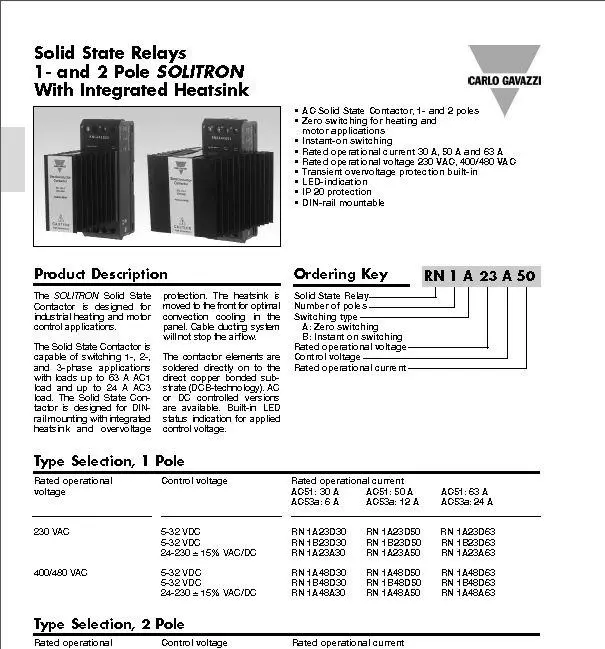Chaps
I have to replace a solid state relay which is woking one phase of a 3 phase heater bank (the other SSR is ok)
The unit is a CG model number CARLO GAVAZZI - RN1A48A50 - SSR, 50A
the details of it are as per pic. My problem is they are on short stock so I wonder if there is anyother one which I could get from RS which would do?
I assume another manufacturer will work but need expert advice before I go fit
TIA
I have to replace a solid state relay which is woking one phase of a 3 phase heater bank (the other SSR is ok)
The unit is a CG model number CARLO GAVAZZI - RN1A48A50 - SSR, 50A
the details of it are as per pic. My problem is they are on short stock so I wonder if there is anyother one which I could get from RS which would do?
I assume another manufacturer will work but need expert advice before I go fit
TIA



